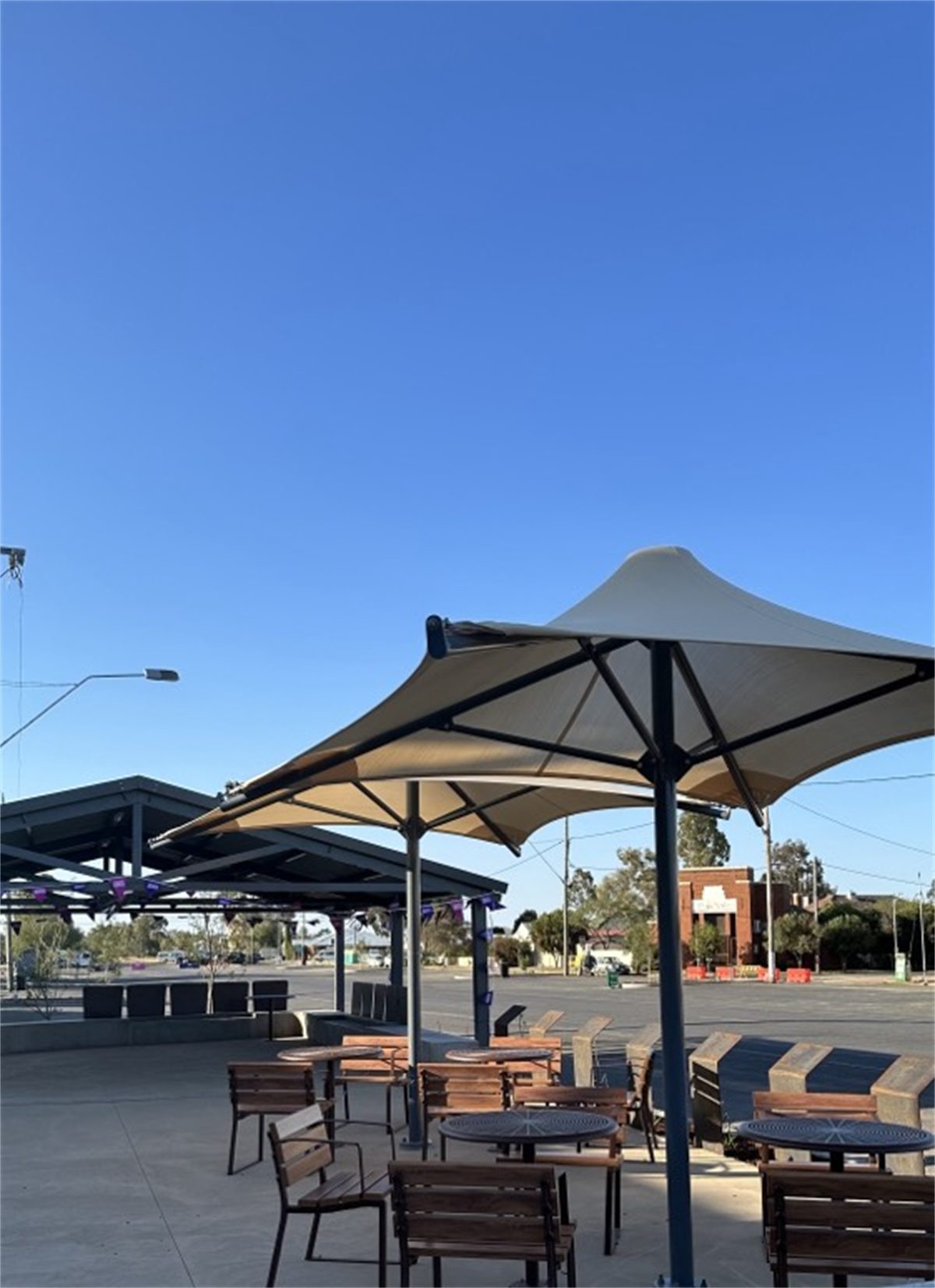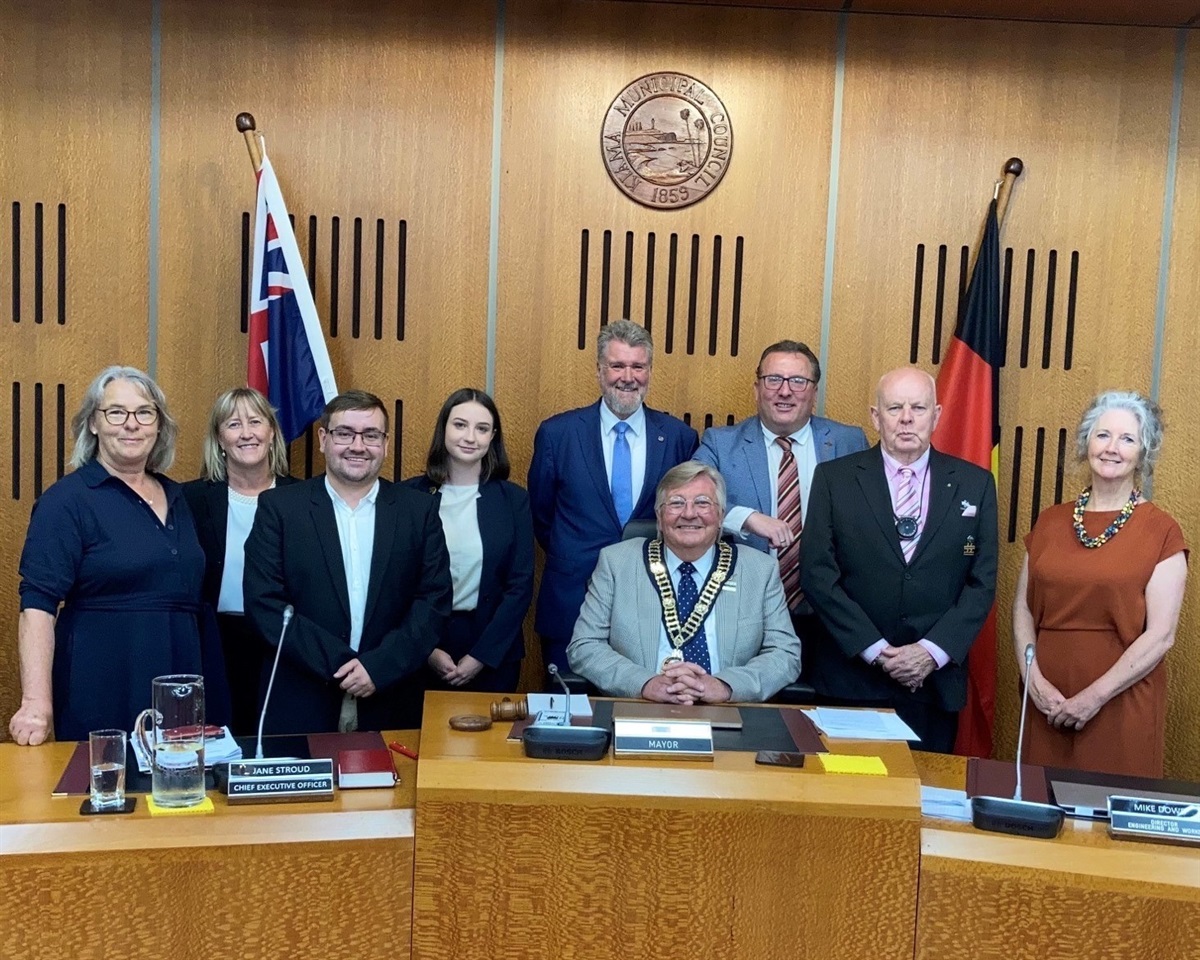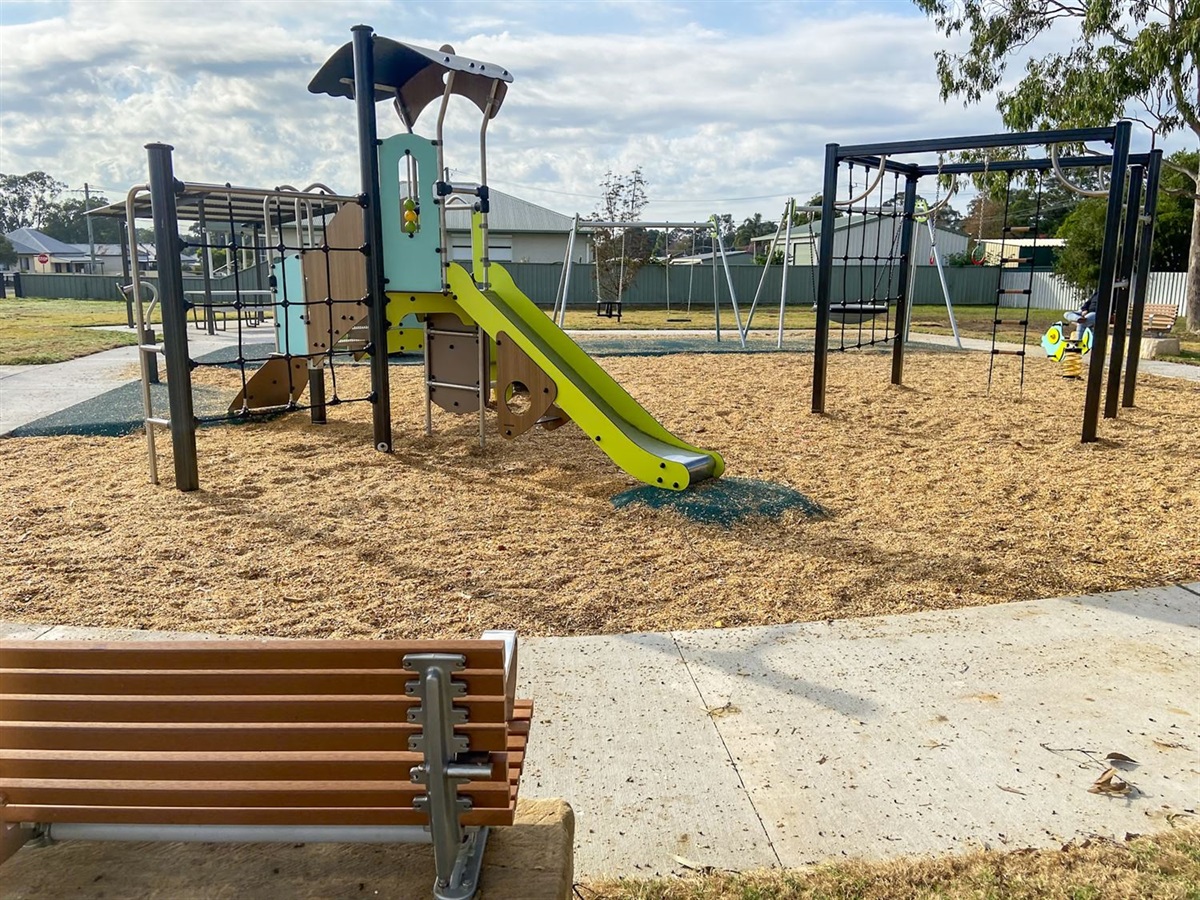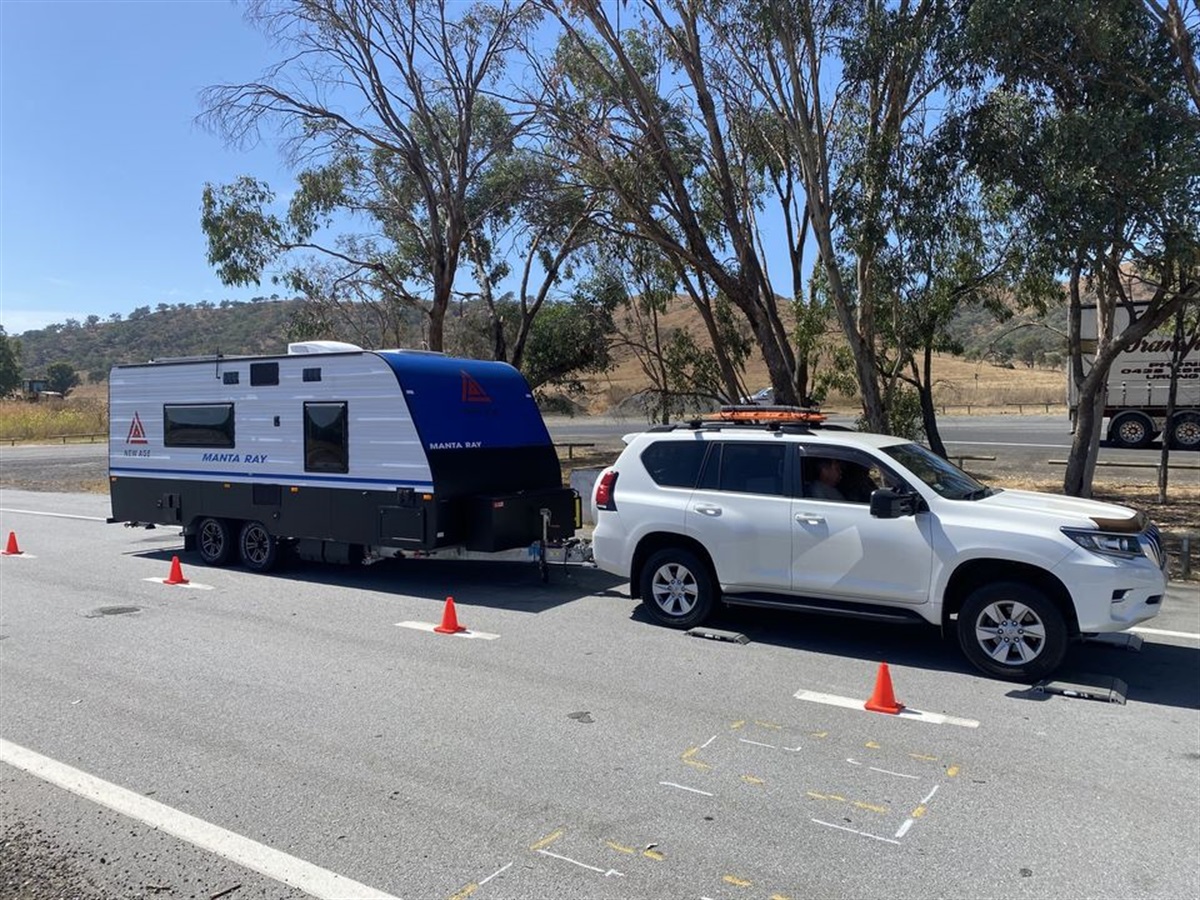
Professor Keith Martin
For patients who have lost sight to glaucoma, treatments to protect and repair the optic nerve would be lifechanging. Professor Keith Martin, CERA’s Managing Director, is striving to develop therapies to achieve this.
The optic nerve is the connection between the eye and the brain – a bit like a cable that connects a camera to a computer. It plays an essential role in our vision, allowing the brain to receive electrical signals from the back of the eye, so it can interpret them as images.
Glaucoma interrupts this transfer of visual information. As the disease develops, the optic nerve becomes progressively damaged, leading to gradual loss of peripheral vision. If left untreated, it can lead to blindness.
Could the optic nerve be repaired?
Currently, glaucoma treatment is largely aimed at lowering eye pressure to protect the optic nerve and prevent further damage. This can slow or even stop the progression of vision loss. But for about 15% of patients, vision continues to deteriorate, despite the best available treatments.
Professor Keith Martin, CERA’s managing director and one of the world’s leading experts in glaucoma, believes gene therapy could change this.
“Gene therapy is offering new potential and hope for patients whose glaucoma does not respond to conventional treatments,” says Professor Martin.
“Gene therapy to treat eye disease is advancing at a faster pace than arguably in any other branch of medicine.”
In a ground-breaking and ambitious new project, Professor Martin and Professor James Fawcett from the University of Cambridge are striving to develop new treatments, including gene therapy, that could strengthen and repair the optic nerve, potentially restoring lost vision.
Professor Martin is currently building his Melbourne team as the research moves into its next phase.
“Essentially what we’re trying to do is protect the optic nerve from damage but also its ability to regenerate after injury,” Professor Martin explains.
“If you injure your skin, you might have a patch of numbness, but after a while the sensation improves. That’s because the nerves in the peripheral parts of your body can regenerate.
“The optic nerve doesn’t, and we’re trying to work out why.”
Strengthening nerve ‘transport systems’
To do this, the team is working to improve the ‘transport system’ within the nerve fibres of the eye. They’ve discovered that a molecule called protrudin may hold the answer.
“We’ve found that if we increase the amount of protrudin or change the way it’s working, we can improve transportation along the nerve fibres,” says Professor Martin.
“And getting the right molecules to the right place at the right time can improve the ability of that nerve to repair.
“We are still at a relatively early stage, looking at the fundamental mechanisms of how protrudin is working. But what we’ve seen is the strongest regeneration of any technique we’ve used before.”
This research may even eventually have the potential to improve the success of eye transplants, helping a transplanted eye connect to the brain by growing axons through the optic nerve.
Hope for the future
Restoring vision may be a long way off – but these early days are showing it is a realistic possibility for the future.
“In the past it seemed impossible that we’d be able to regenerate the optic nerve. We can potentially do this now, but it remains to be seen how much vision can be restored,” says Professor Martin.
“There is still much work to do and we will continue to work hard on this with the help of our supporters.”
This research is supported by funding from UK charity Fight for Sight.








